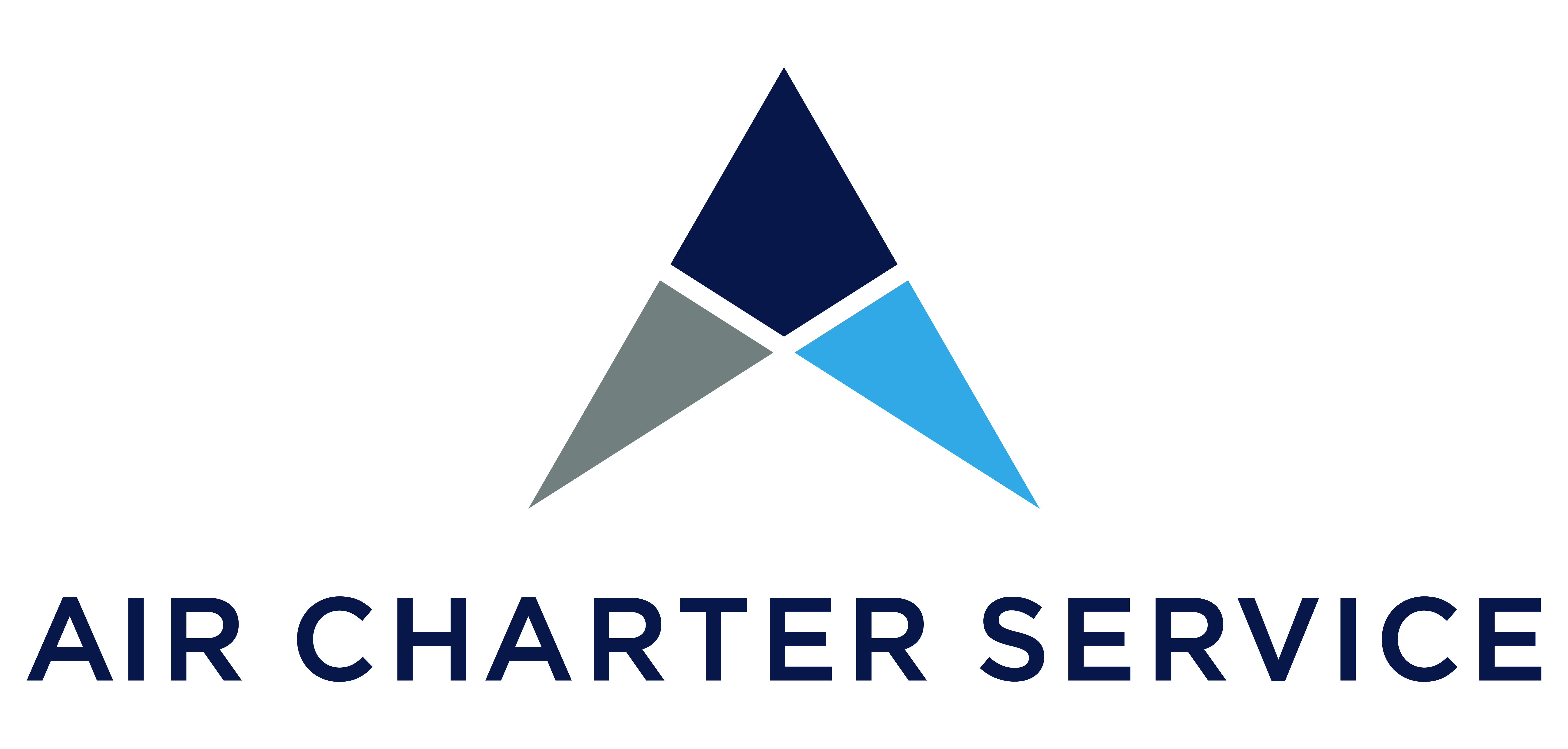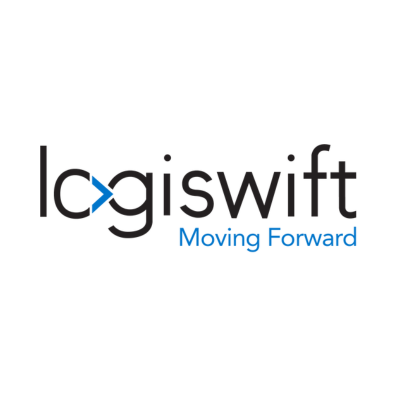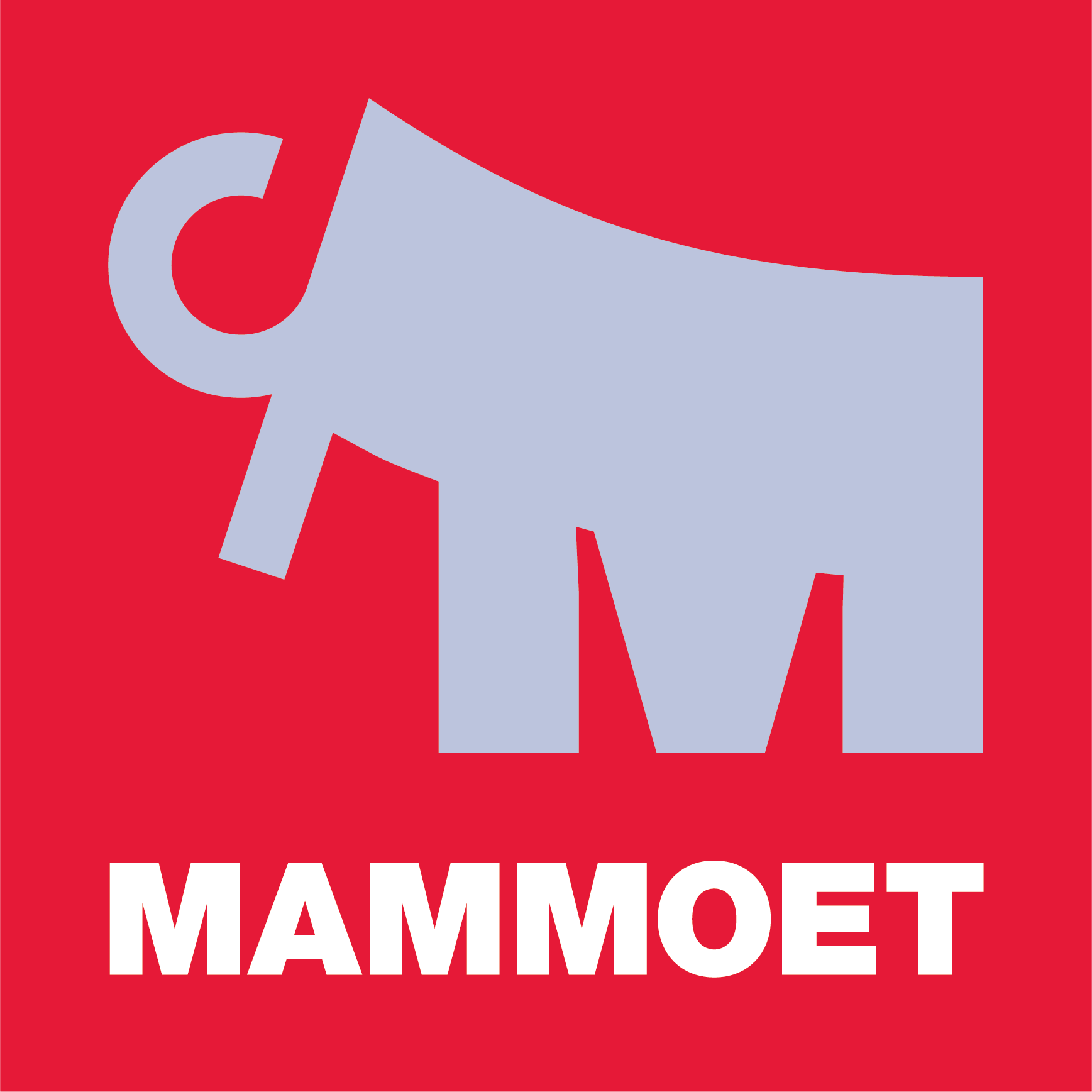Jun 17 | 2020
Social distancing, lockdown and further restrictions have impacted pan-European renewable energy development.
Naturally this has stalled construction on projects large and small. The knock-on effect? Less renewable-related project cargo being moved across Europe for now.
But what’s the long-term outlook? How will the clean energy sector adapt to a post-lockdown future, and what will this mean for project cargo players?
According to WindEurope, 2020 installations will be down 30% compared with industry forecasts.
WindEurope CEO Giles Dickson expects 12 GW of new wind capacity to be installed in Europe this year.
The volume of new installations and completion of existing projects will depend on how quickly countries can ramp up activity again, how individual companies and their partners can respond, and how soon suppliers can return to capacity to meet demand.
WindEurope reports many components manufacturers, located mainly in China, have started to increase production again. This could result in an uptick in deliveries, which would necessitate project cargo-level shipping. However, other bottlenecks, such as supply routes from India, are still in effect.
But let’s be clear: the global pandemic has caused a drop in wind-related renewables activity. Any continuous delivery of goods will depend on national and EU lockdown recovery plans.
With the global economy set to shrink 3% according to IMF forecasts in 2020, the renewables sector has been identified as an industry that can help countries get back on their economic feet.
French Clean Power Group Syndicat des Energies Renouvelables has identified several proposals it’s putting forth to the French government in this area.
Measures to streamline the project development process include simplifying the filing of building and environmental permit applications, as well as shortening the deadlines for examining authorities.
In the UK, the government removed its opposition to renewables subsidies for on- and offshore projects in March 2020. An EY report in May of the same year suggests investors are now looking increasingly towards Britain’s green energy sector with increasing confidence.
“Certainly, renewable energy is not immune to the economic disruption being wrought,” said Ben Warren, the author of EY’s report told The Guardian. “But many of these effects are likely to be short-term. Already, manufacturers in China and Europe are restarting production. Utilities have worked hard to keep generation going in difficult circumstances. And power demand will rebound as economies get back to work.”
Certainly, UK government figures are keen to highlight the economic potential of a robust green power industry.
Alok Sharma, secretary of state for business, said projects like the Dogger Bank offshore windfarm will be “a key part of ensuring a green and resilient economic recovery as well as reaching our target of net-zero emissions by 2050.”
It is not just financial observers and renewables organisations suggesting renewables taking a central role in European economic recovery. The project cargo sector is optimistic too.
According to a survey undertaken by Breakbulk ahead of this year’s Breakbulk Europe event, 71% of respondents thought that renewable energy will be the biggest driver for growth in the breakbulk and project cargo industries.
Even with the lockdown, the EU and member states are pushing ahead with tender bidding rounds and auctions.
For example, the EU’s tendering plans cover 15 GW of solar and wind projects over the next two years – news which should come as a big confidence booster for project cargo players going forward.
Brussels will commit up to €25bn for the auctions that will make up for a reduction in tendering at member state level caused by the pandemic, the Commission’s blueprint for a green recovery stated.
The blueprint forms the backbone of Europe’s promised green recovery plan for reviving the bloc post-coronavirus.
Tenders of 7.5 GW per year would support 25% of the total market up to 2022. They will also be backed by EU guarantees and European Investment Bank.
“If a member state intends to tender a certain amount of capacity in the next two years the EU could match the national tender one on one,” the document states.
Tenders and auctions have continued to take place in the current climate. Take Italy’s experience as an example.
Onshore wind projects totalling 425.3 MW have been awarded to Gestore die Servizi GSE SpA, an Italian power developer, for domestic projects in June 2020.
This was during Italy’s second auction scheme for renewable energy under the country’s new subsidy programme. A third is reported to be awarded any time before the end of June in the country’s new auction scheme for renewable energy.
Up to seven Italian tenders are planned for between now and 2021.
Indeed, Italian wind turbine producers are amongst the first companies allowed to begin opening factories again as the country eases lockdown, Reuters reports.
Even so, caution is always advised. Manufacturers have been hit by the pandemic. Vestas, for instance, has had to lay off 3,000 global employees to cope with the financial impact of Covid-19.
There are reasons for optimism, however.
Several developments have continued or restarted amidst the pandemic.
Construction at the 448 MW Neart na Goaithe wind farm off the Scottish coast has restarted.
A small number of staff first visited the site to put in place control measures and the rest of the team joined in later. Construction will continue with a smaller workforce on site, including essential supervisory staff.
In Spain, two green developments, one solar and one wind, began construction in May 2020.
Enel Green Power has started construction on its second photovoltaic (PV) plant of about 50 MW in the town of Carmona, Seville in Andalusia.
The PV plant, known as Los Naranjos, is scheduled for completion by 2020’s end and will involve an investment of €28.2 million.
Los Naranjos will be composed of 128,520 PV panels of 340Wp each. To operate the facilities, EGP, will build 9 switching stations, an electric substation and an underground cable network spanning 4.5km. This facility, once operational, is set to produce about 100 GW a year.
Enel also has also kicked off construction the Aragon-based Los Gigantes project - a new 21.3 MW wind farm in the towns of Blesa and Moyuela in the Teruel and Zaragoza provinces. Investment in this project amounts to US $21.6m.
The wind farm, which will be formed of six wind turbines of 3.55 MW each, will generate around 62GWh of power per year once they come online, which is expected before the end of the year.
This is only a taste of the activity taking place. While the restart maybe slow across Europe, recovery signs are already starting to emerge.
Breakbulk Europe remains committed to supporting and aiding industry recovery wherever it can. From the event’s revised date, Breakbulk will continue to serve renewables cargo owners and freight transporters.
A full whitepaper on the industry is also coming, so please stay tuned for more updates, or subscribe to our mailing list on the home page so you never miss any Breakbulk news.
Our industry-leading show is taking place to 29 September – 01 October in Bremen, Germany.
You can book your place here, but please contact the team with any questions or queries you may have about 2020’s event.
But what’s the long-term outlook? How will the clean energy sector adapt to a post-lockdown future, and what will this mean for project cargo players?
Renewable energy & project cargo in a post-Covid landscape
Short term capacity will drop
According to WindEurope, 2020 installations will be down 30% compared with industry forecasts.
WindEurope CEO Giles Dickson expects 12 GW of new wind capacity to be installed in Europe this year.
The volume of new installations and completion of existing projects will depend on how quickly countries can ramp up activity again, how individual companies and their partners can respond, and how soon suppliers can return to capacity to meet demand.
WindEurope reports many components manufacturers, located mainly in China, have started to increase production again. This could result in an uptick in deliveries, which would necessitate project cargo-level shipping. However, other bottlenecks, such as supply routes from India, are still in effect.
But let’s be clear: the global pandemic has caused a drop in wind-related renewables activity. Any continuous delivery of goods will depend on national and EU lockdown recovery plans.
Renewables identified as potential economic recovery tools
With the global economy set to shrink 3% according to IMF forecasts in 2020, the renewables sector has been identified as an industry that can help countries get back on their economic feet.
French Clean Power Group Syndicat des Energies Renouvelables has identified several proposals it’s putting forth to the French government in this area.
Measures to streamline the project development process include simplifying the filing of building and environmental permit applications, as well as shortening the deadlines for examining authorities.
In the UK, the government removed its opposition to renewables subsidies for on- and offshore projects in March 2020. An EY report in May of the same year suggests investors are now looking increasingly towards Britain’s green energy sector with increasing confidence.
“Certainly, renewable energy is not immune to the economic disruption being wrought,” said Ben Warren, the author of EY’s report told The Guardian. “But many of these effects are likely to be short-term. Already, manufacturers in China and Europe are restarting production. Utilities have worked hard to keep generation going in difficult circumstances. And power demand will rebound as economies get back to work.”
Certainly, UK government figures are keen to highlight the economic potential of a robust green power industry.
Alok Sharma, secretary of state for business, said projects like the Dogger Bank offshore windfarm will be “a key part of ensuring a green and resilient economic recovery as well as reaching our target of net-zero emissions by 2050.”
It is not just financial observers and renewables organisations suggesting renewables taking a central role in European economic recovery. The project cargo sector is optimistic too.
According to a survey undertaken by Breakbulk ahead of this year’s Breakbulk Europe event, 71% of respondents thought that renewable energy will be the biggest driver for growth in the breakbulk and project cargo industries.
Tenders and auctions still go ahead
Even with the lockdown, the EU and member states are pushing ahead with tender bidding rounds and auctions.
For example, the EU’s tendering plans cover 15 GW of solar and wind projects over the next two years – news which should come as a big confidence booster for project cargo players going forward.
Brussels will commit up to €25bn for the auctions that will make up for a reduction in tendering at member state level caused by the pandemic, the Commission’s blueprint for a green recovery stated.
The blueprint forms the backbone of Europe’s promised green recovery plan for reviving the bloc post-coronavirus.
Tenders of 7.5 GW per year would support 25% of the total market up to 2022. They will also be backed by EU guarantees and European Investment Bank.
“If a member state intends to tender a certain amount of capacity in the next two years the EU could match the national tender one on one,” the document states.
In short, tendering and new projects are emerging. Confidence in renewables should be high, as while in the short term, new installed capacity will shrink, it looks likely to rebound as the decade progresses.
Tenders and auctions have continued to take place in the current climate. Take Italy’s experience as an example.
Onshore wind projects totalling 425.3 MW have been awarded to Gestore die Servizi GSE SpA, an Italian power developer, for domestic projects in June 2020.
This was during Italy’s second auction scheme for renewable energy under the country’s new subsidy programme. A third is reported to be awarded any time before the end of June in the country’s new auction scheme for renewable energy.
Up to seven Italian tenders are planned for between now and 2021.
Indeed, Italian wind turbine producers are amongst the first companies allowed to begin opening factories again as the country eases lockdown, Reuters reports.
Even so, caution is always advised. Manufacturers have been hit by the pandemic. Vestas, for instance, has had to lay off 3,000 global employees to cope with the financial impact of Covid-19.
There are reasons for optimism, however.
Construction work continues on European renewable projects
Several developments have continued or restarted amidst the pandemic.
Construction at the 448 MW Neart na Goaithe wind farm off the Scottish coast has restarted.
A small number of staff first visited the site to put in place control measures and the rest of the team joined in later. Construction will continue with a smaller workforce on site, including essential supervisory staff.
In Spain, two green developments, one solar and one wind, began construction in May 2020.
Enel Green Power has started construction on its second photovoltaic (PV) plant of about 50 MW in the town of Carmona, Seville in Andalusia.
The PV plant, known as Los Naranjos, is scheduled for completion by 2020’s end and will involve an investment of €28.2 million.
Los Naranjos will be composed of 128,520 PV panels of 340Wp each. To operate the facilities, EGP, will build 9 switching stations, an electric substation and an underground cable network spanning 4.5km. This facility, once operational, is set to produce about 100 GW a year.
Enel also has also kicked off construction the Aragon-based Los Gigantes project - a new 21.3 MW wind farm in the towns of Blesa and Moyuela in the Teruel and Zaragoza provinces. Investment in this project amounts to US $21.6m.
The wind farm, which will be formed of six wind turbines of 3.55 MW each, will generate around 62GWh of power per year once they come online, which is expected before the end of the year.
This is only a taste of the activity taking place. While the restart maybe slow across Europe, recovery signs are already starting to emerge.
Breakbulk Europe supports the European renewable sector
Breakbulk Europe remains committed to supporting and aiding industry recovery wherever it can. From the event’s revised date, Breakbulk will continue to serve renewables cargo owners and freight transporters.
A full whitepaper on the industry is also coming, so please stay tuned for more updates, or subscribe to our mailing list on the home page so you never miss any Breakbulk news.
Our industry-leading show is taking place to 29 September – 01 October in Bremen, Germany.
You can book your place here, but please contact the team with any questions or queries you may have about 2020’s event.









.png?ext=.png)









.png?ext=.png)






.png?ext=.png)



